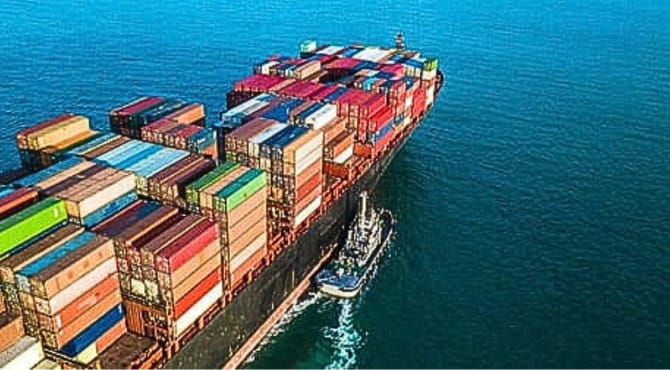India’s export story is likely to take a quantum leap. In a decisive move aimed at sharpening the country’s global trade edge, the Union Cabinet, headed by Prime Minister Narendra Modi, has cleared ambitious proposals of Export Promotion Mission (EPM), a flagship scheme with an outlay of Rs 25,060 crore. Announced in the Union Budget 2025–26, the Mission will create a single-window, technology-driven, and outcome-oriented framework for promoting exports, especially from MSMEs and labour-intensive sectors.
The EPM marks a paradigm shift from fragmented incentives to a comprehensive ecosystem approach, thus setting the stage for India to transform its export landscape in line with the national vision of Viksit Bharat by 2047.
For decades, the architecture that supported India’s export promotion worked as an incoherent patchwork of schemes, addressing selective pain points. The EPM tries to set that right. By consolidating the Interest Equalisation Scheme (IES) and Market Access Initiative (MAI), among other key mechanisms, it confers flexibility and responsiveness-things essential in today’s time when the dynamics of world trade are changing so rapidly.
Anchored in tight collaboration between the Department of Commerce, Ministry of MSME, Finance Ministry, state governments, export councils, and financial institutions, the Mission will ensure that policy intent meets ground realities. The DGFT shall act as the nodal implementing agency, adopting a completely digital platform integrated with existing trade systems to smoothen application, monitoring, and disbursal processes.
The EPM thus essentially consists of two sub-schemes that blend seamlessly: *NIRYAT PROTSAHAN* and *NIRYAT DISHA*, both put together with the aim of empowering exporters at each and every step of the way.
*NIRYAT PROTSAHAN*, therefore, focuses on providing the MSME sector with timely and affordable trade finance. Interest subvention, collateral guarantees, export factoring, and special credit cards for e-commerce exporters are some of the measures for reducing the financial burden and mitigating credit risks to help small exporters diversify and become competitive in global markets.
The target of *NIRYAT DISHA* is non-financial enablers. It will provide export quality certification assistance, branding and packaging support, and foster participation in international trade fairs. Besides this, interventions in warehousing, inland logistics, and trade intelligence will plug critical infrastructure and information gaps that often deter first-time exporters.
The EPM is strategically positioned to respond to persistent bottlenecks that hamper exports and reduce India’s export potential. Inadequate availability of trade finance, high compliance costs to meet international standards, inefficient global branding, and logistical issues from hinterland regions have been long-standing impediments to competitiveness.
The Mission will, therefore, particularly focus on those sectors that are most vulnerable to the recent tariff escalations. It includes sectors like textiles, leather, gems and jewelry, engineering goods, and marine products. These are sectors which contribute significantly to merchandise exports and help maintain a huge employment base. By protecting these value chains and incentivizing diversification into new markets, the government aims to stabilize export momentum and safeguard livelihoods.
Beyond numbers, the Export Promotion Mission is a statement of intent-to make India’s trade ecosystem inclusive, technologically advanced, and globally synchronized. The Mission is expected to facilitate easier access to export finance, improve compliance readiness, expand market linkages for Indian products, and energize district-level entrepreneurship.
By nurturing new exporters and widening India’s footprint in global value chains, the EPM lays the foundation for more sustainable long-term economic resilience. It fits neatly into the broader *Viksit Bharat @2047* roadmap: promoting job creation, linking with domestic manufacturing, and making India a trusted global supplier.
The India Export Promotion Mission thus assumes critical importance at a time when global trade is in the midst of deep structural shifts. Integrated in approach and backed by strong institutional support, the Mission views export promotion afresh as a dynamic, adaptive partnership among the state, industry, and entrepreneurs rather than a set of fragmented aids. If implemented correctly, EPM has the potential to be the lynchpin of India’s export renaissance: steering confidently toward the aim of *Viksit Bharat*, a developed, self-reliant, and globally competitive nation.








